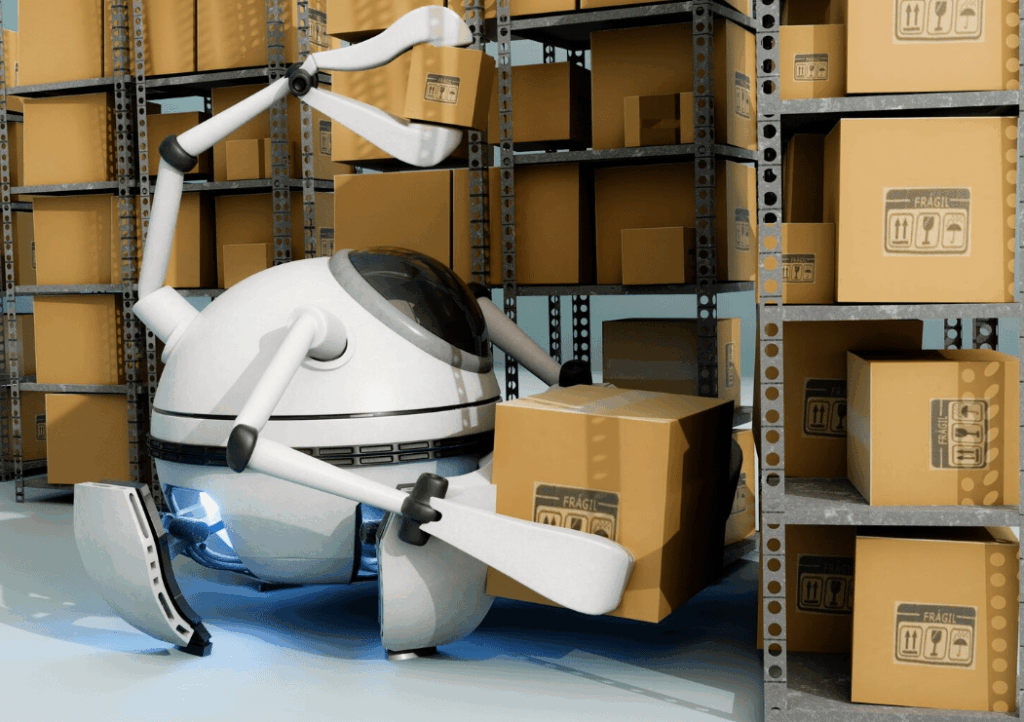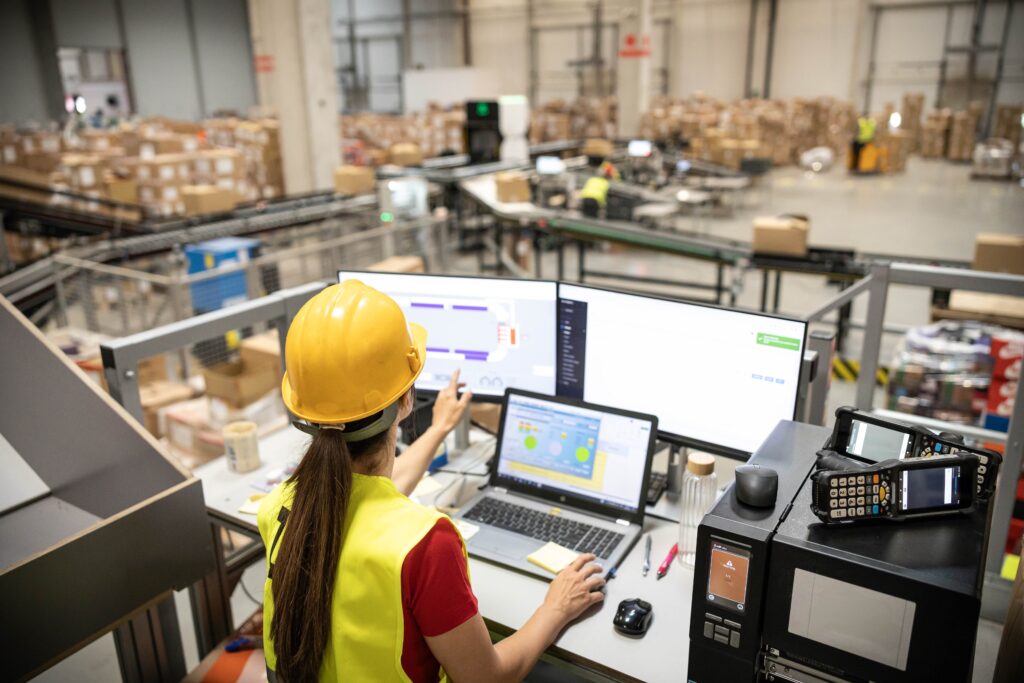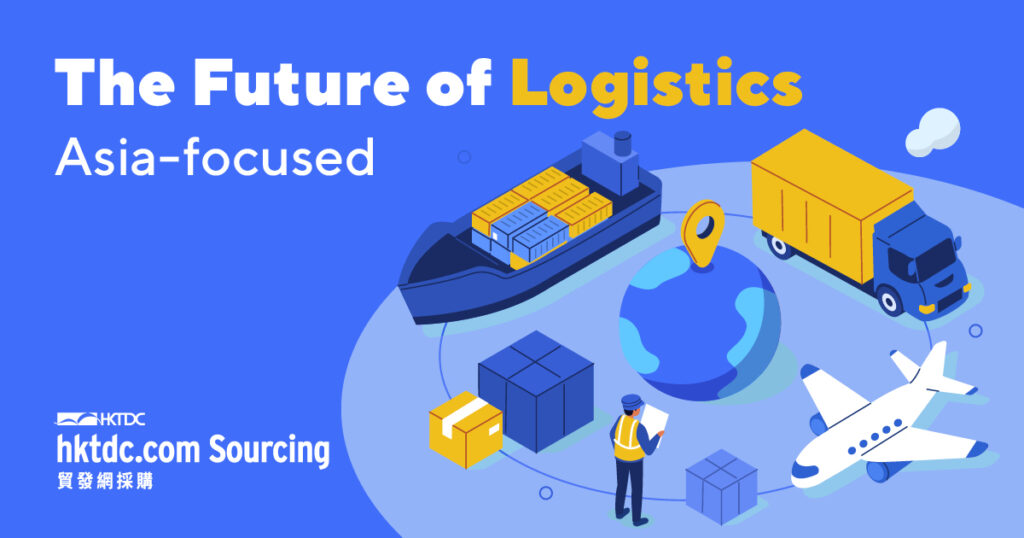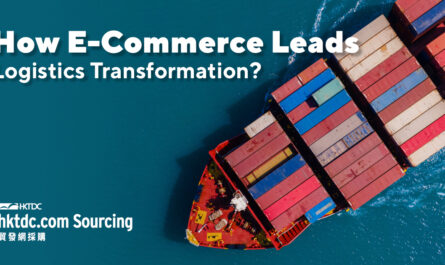The Asian logistics market requires dealing with trade agreements, shifting logistical hubs, and shipping routes of varying quality and usability, in addition to local transportation regulations. Any logistics company operating in this rapidly evolving region needs to have local teams on the ground, often spread across multiple locations. They serve as a way to stay on top of shifting local regulations and quickly respond to protect the bottom line.
For any international business sourcing production in Asia, this article shares essential knowledge and the latest industry trends you need to succeed.
Learn More:
1. Technology Helps with Tracking & On-the-Fly Decisions
Technology, specifically artificial intelligence (AI) and improved data gathering, is making logistics more efficient, transparent, and cost-effective at every link of the chain. These upgrades are shifting the role of third-party logistics (3PLs) into data centers necessary for coordinating large networks of warehouses and shipping providers.
AI Contributing to More Efficient Route Planning & Vehicle Loading
Throughout much of Southeast Asia, optimizing trucking routes is a constant hassle. There are few major highways designed for high-volume cargo throughput and, usually, the few that do exist are plagued by congestion, toll roads, and border stops. This means the overall costs are higher.
Using increasingly-accurate GPS route planning technology, Asian logistics providers can enlist the help of AI to optimize routes more accurately based on speed, cost, and driver rest time. They can also quickly adapt to obstacles posed by new construction as well as new routes that open or close.

Easier Data Access Aids Decision-Making
Today, AI is also helping Asian logistic companies to use every spare centimeter of their shipping options.
Until now, under-utilized shipping space in trucks has been a scourge to the industry. According to industry statistics, trucks will frequently embark on long-distance trips utilizing only 50-60% of their cargo capacity due to inefficient packing and lack of communication between fulfillment centers.
Better AI and more comprehensive databases can help 3PLs know exactly how to pack items to reach an optimal carrying capacity as well as to better keep track of extra space across clients.
Technology Enables More Contingency Options
Imagine a scheduled shipment is disrupted by a sudden flood that delays the delivery and requires rerouting your goods to a different location. While a good 3PL could help you find a reputable trucking service on short notice, they may know only one or two service providers who charge a hefty rush fee, causing you to lose your profit margin on this shipment.
With the expansion of online databases, logistical options are becoming increasingly transparent for both 3PLs and their clients. You as a client can have a greater role in snap decision processes that could save you millions.
2. Growing Number of Options for Routing & Sourcing Materials
Nowadays, consumers around the world—especially in Asia—take same-day delivery for granted and logistics companies are taking notice. 3PLs are racing against the clock for better alternatives, including buying office space near major airports.
In the future this could spur heavy growth in the aerospace industry and lead to much faster overseas delivery to landlocked regions.

3. A Move Away from Retailer Shipping Models toward E-Commerce Models
As more consumers purchase goods directly online and have them shipped home, it’s no longer a retailer’s job to hold the goods nor the customer’s job to take them home. This means 3PLs need to pick up the slack in planning for storage and last-step fulfillment.
Successful 3PLs increasingly must focus on sourcing fulfillment centers and warehouses within hot consumer regions. To fully take advantage of this logistics sector, these fulfillment centers not only need to accommodate a wide range of goods, but also efficiently service deliveries to the entire region.
Read More:
Speaking of e-commerce expansion, why not consider a trusted platform like hktdc.com Sourcing to kickstart your online business/sourcing journey? Connect with millions of quality buyers and suppliers free from supply chain issues now:
This article is originally published by Wayfindr:
Your Growth Partner for E-Commerce Logistics
Wayfindr is a fourth-party logistics (4PL) provider that helps e-commerce brands scale globally with confidence. Headquartered in Hong Kong and founded by New Zealanders Nick Bartlett and Chris Crutchley, Wayfindr was created to meet the logistics needs of a fast-moving e-commerce world.
Logistics FAQ
What is the difference between logistics and supply chain management?
- Logistics: Focuses on transportation, warehousing, and delivery.
- Supply Chain Management (SCM): Broader scope, including procurement, production, inventory, and logistics.
How can businesses reduce logistics costs?
- Route optimization
- Consolidating shipments
- Using technology for inventory and order management
- Partnering with reliable logistics providers
- Improving demand forecasting
What’s the future of logistics?
- Increased automation and robotics in warehouses
- Use of AI and data analytics for route optimization
- Electric and autonomous delivery vehicles
- Drone deliveries for last-mile logistics
- Blockchain for secure and transparent supply chains









